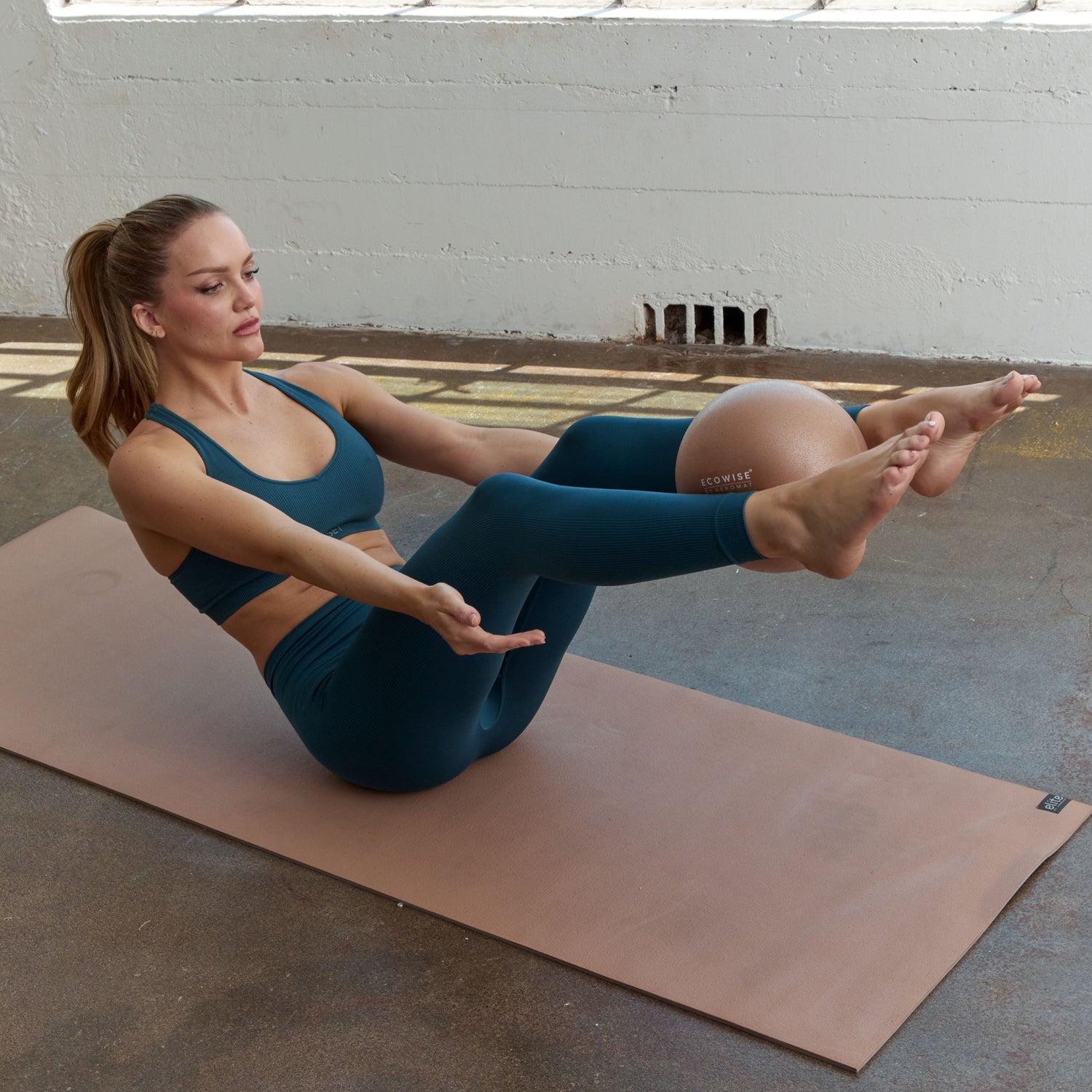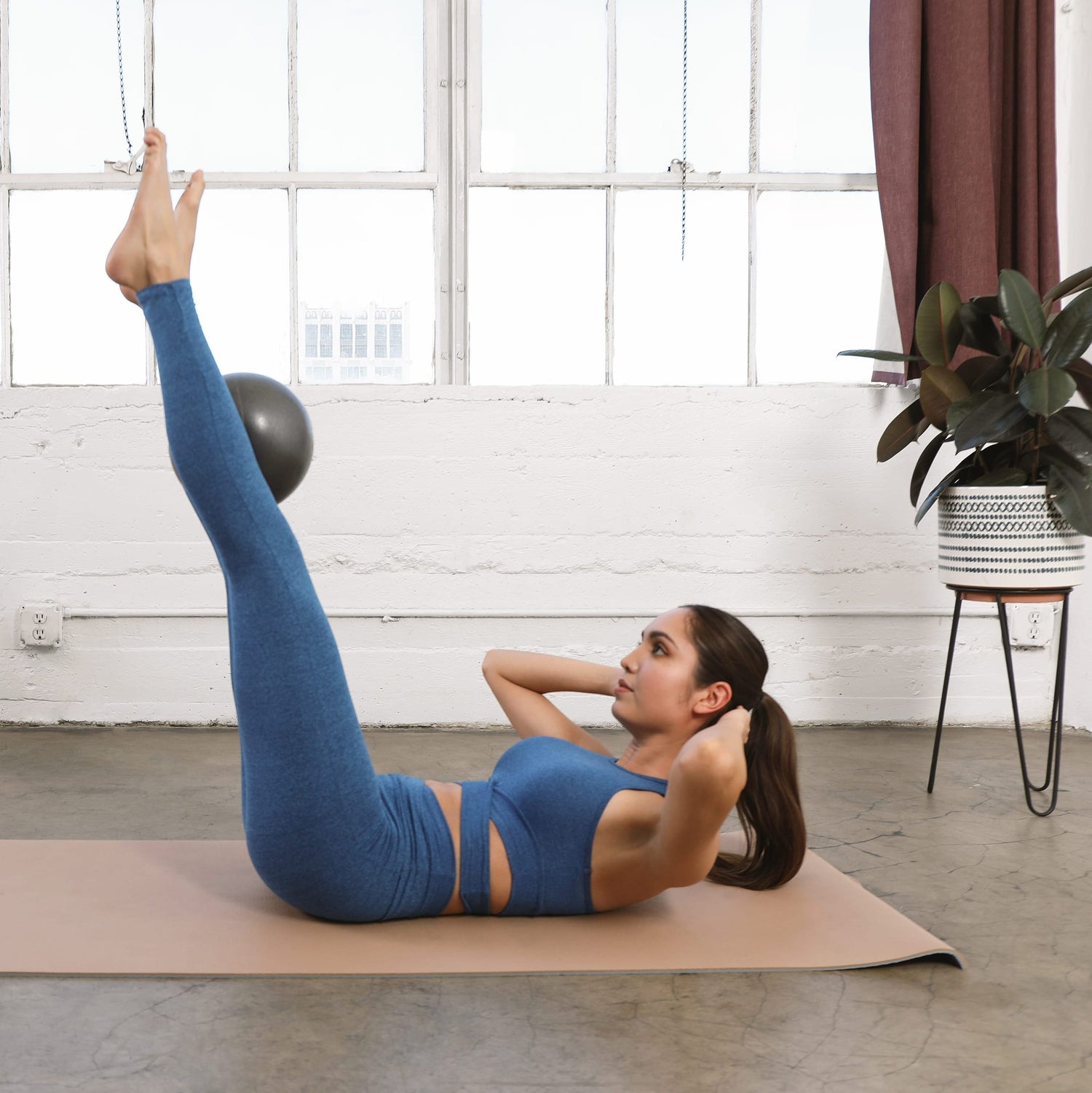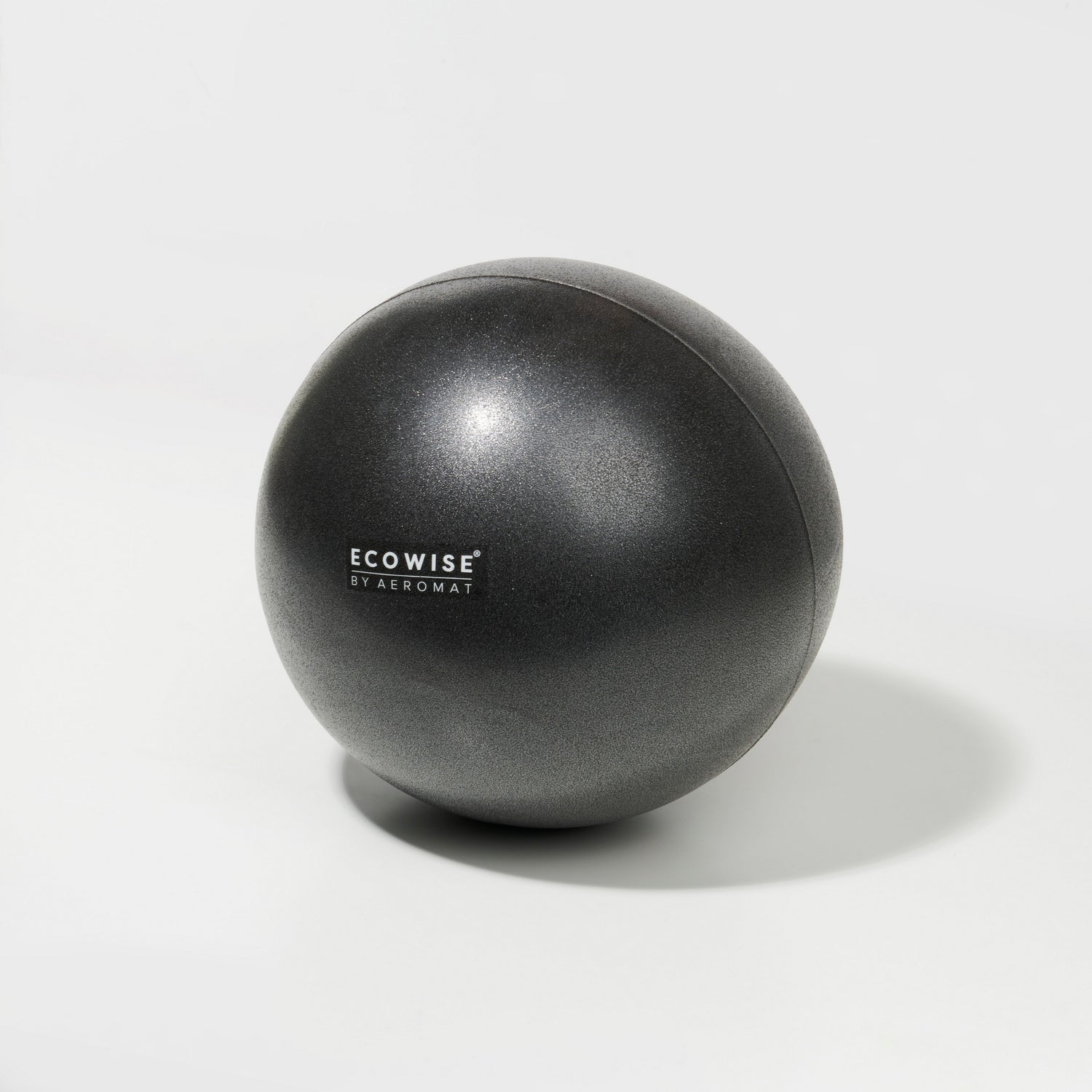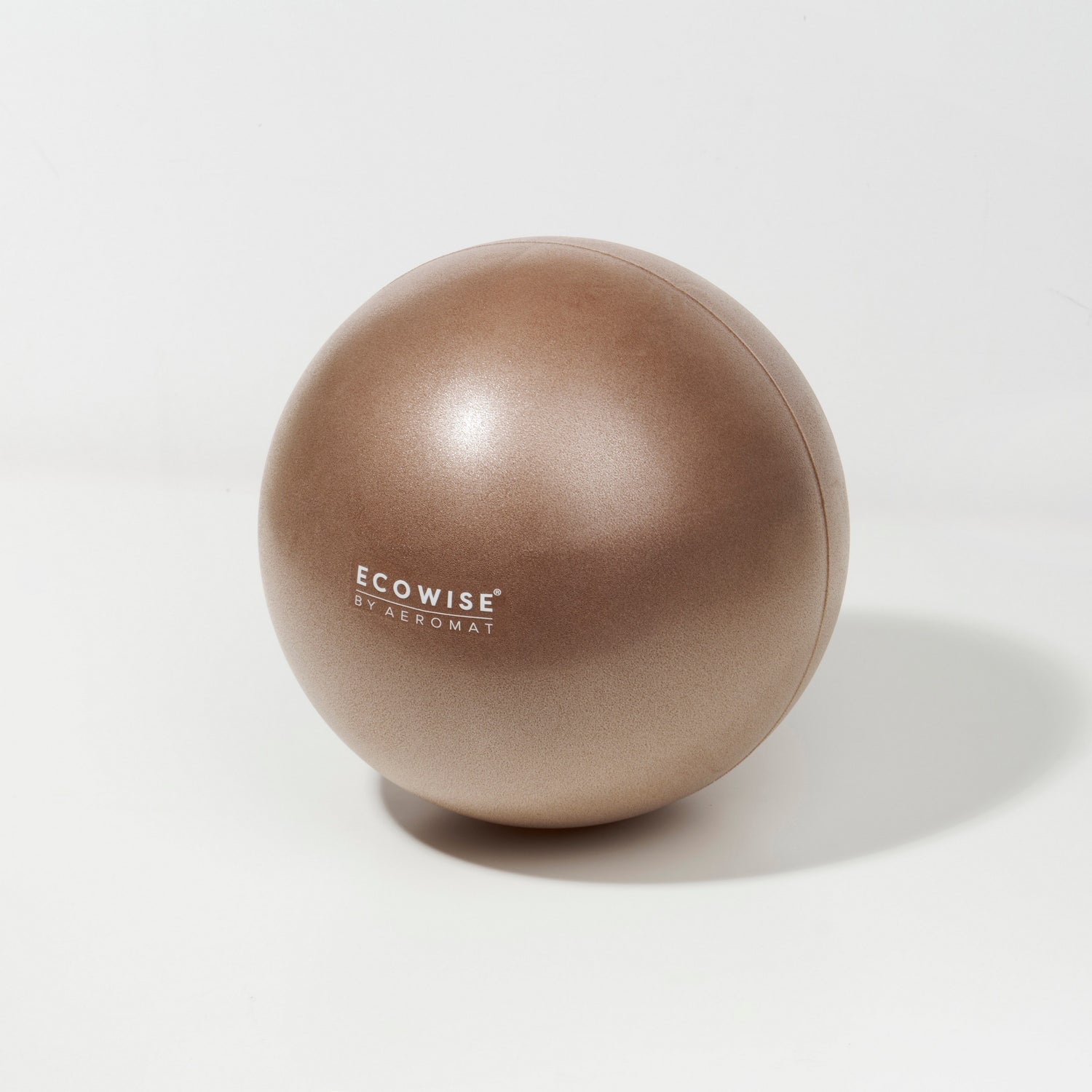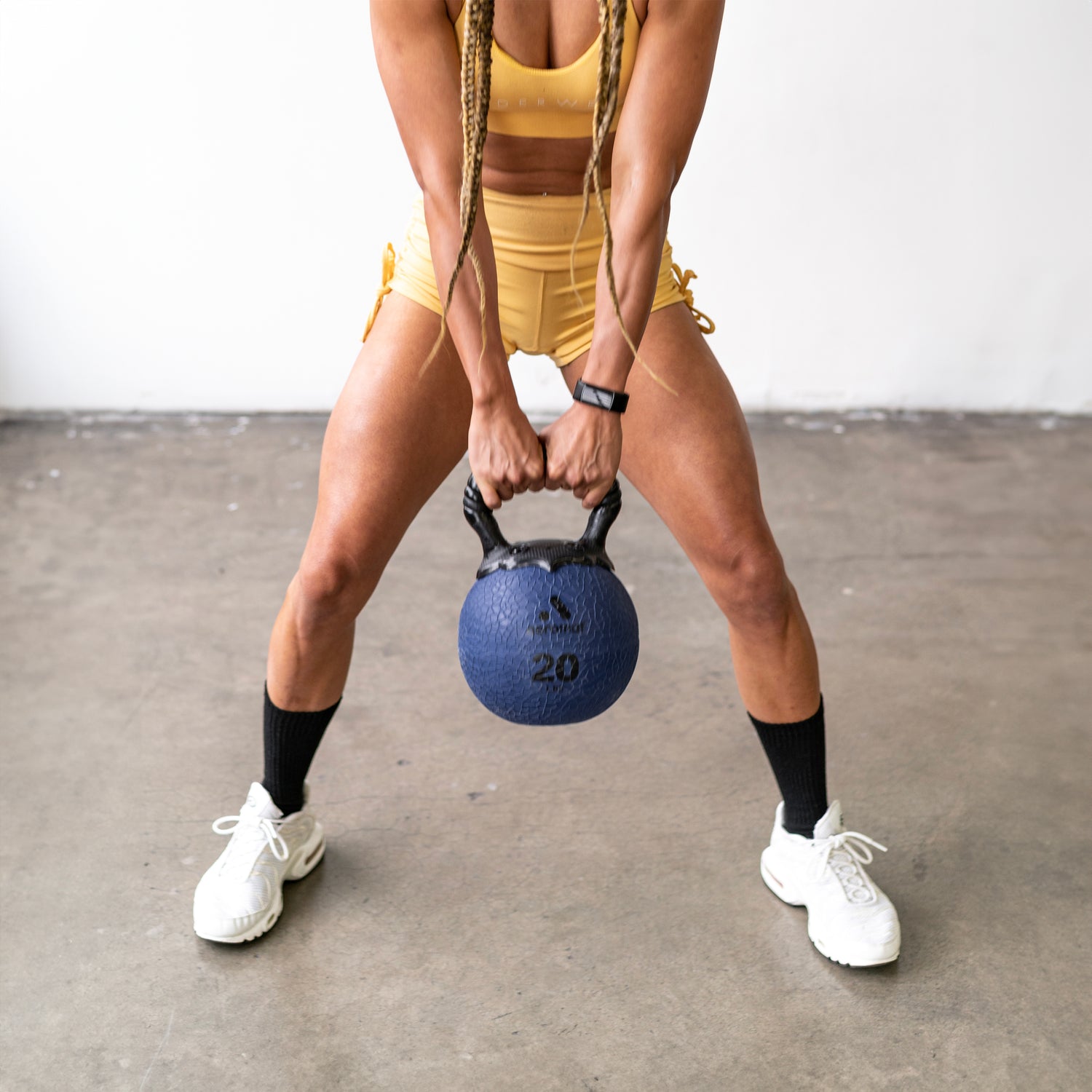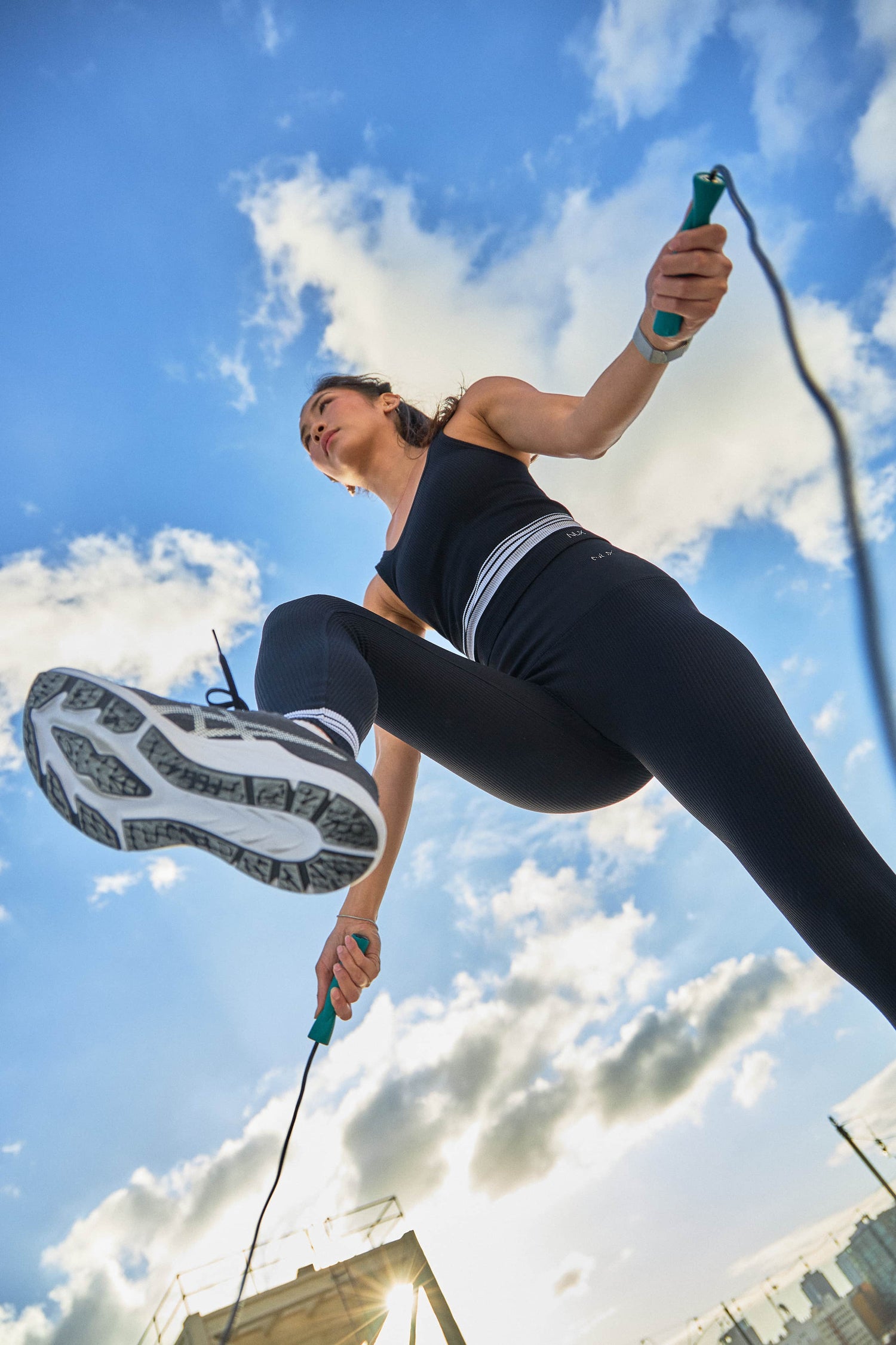Kettlebell exercises are a fantastic way to build strength, improve stability, and enhance your overall fitness, all from the comfort of your home. Whether you are a beginner or an experienced fitness enthusiast, incorporating kettlebell exercises for legs into your workout routine can offer a wide range of benefits. In this article, we'll explore the top 10 kettlebell leg exercises, including a dedicated section on kettlebell lunge exercises. Let's dive in!
1. Kettlebell Goblet Squat
The kettlebell goblet squat is a foundational exercise that targets your quadriceps, hamstrings, glutes, and core.
How to Perform this Exercise:
- Stand with your feet shoulder-width apart, holding a kettlebell by the horns close to your chest.
- Engage your core and keep your chest up as you squat down, pushing your hips back and bending your knees.
- Lower your body until your thighs are parallel to the ground.
- Press through your heels to return to the starting position.
2. Kettlebell Deadlift
Kettlebell deadlifts are excellent for targeting the hamstrings, glutes, lower back, and core.
How to Perform this Exercise:
- Stand with your feet hip-width apart and a kettlebell placed between your feet.
- Hinge at your hips and bend your knees slightly to grab the kettlebell handle with both hands.
- Keep your back flat and engage your core as you lift the kettlebell by straightening your hips and knees.
- Lower the kettlebell back to the ground by reversing the movement.
3. Kettlebell Swing
The kettlebell swing is a dynamic exercise that primarily works your glutes, hamstrings, and lower back.
How to Perform this Exercise:
- Stand with your feet shoulder-width apart and hold the kettlebell with both hands.
- Hinge at your hips, slightly bend your knees, and swing the kettlebell back between your legs.
- Thrust your hips forward explosively to swing the kettlebell up to shoulder height.
- Let the kettlebell swing back between your legs and repeat.
4. Kettlebell Bulgarian Split Squat
This exercise focuses on your quads, glutes, and hamstrings, while also improving balance.
How to Perform this Exercise:
- Stand a few feet in front of a bench or sturdy chair.
- Hold a kettlebell in each hand and place one foot behind you on the bench.
- Lower your body into a squat, keeping your front knee aligned with your ankle.
- Press through your front heel to return to the starting position.
5. Kettlebell Lateral Lunge
The kettlebell lateral lunge targets the inner and outer thighs, glutes, and hamstrings.
How to Perform this Exercise:
- Stand with your feet together, holding a kettlebell in both hands at chest level.
- Step out to the side with your right foot, lowering your body into a lunge.
- Keep your left leg straight and push your hips back.
- Return to the starting position and repeat on the other side.
6. Kettlebell Sumo Squat
The kettlebell sumo squat emphasizes the inner thighs, glutes, and quads.
How to Perform this Exercise:
- Stand with your feet wider than shoulder-width apart and toes pointing out.
- Hold a kettlebell with both hands in front of your hips.
- Lower your body into a squat, keeping your chest up and knees tracking over your toes.
- Press through your heels to return to the starting position.
7. Kettlebell Curtsy Lunge
The curtsy lunge is a variation that targets the glutes, quads, and inner thighs.
How to Perform this Exercise:
- Stand with your feet hip-width apart, holding a kettlebell in front of your chest.
- Step your right leg behind your left leg and lower into a lunge.
- Keep your chest up and core engaged.
- Return to the starting position and repeat on the other side.
8. Kettlebell Step-Up
This exercise works the quads, glutes, and hamstrings while also improving balance and coordination.
How to Perform this Exercise:
- Stand in front of a sturdy bench or step, holding a kettlebell in each hand.
- Step up with your right foot, pressing through your heel to lift your body.
- Bring your left foot up to meet your right foot on the bench.
- Step down with your right foot and repeat on the other side.
9. Kettlebell Single-Leg Deadlift
The single-leg deadlift targets the hamstrings, glutes, and core while improving balance.
How to Perform this Exercise:
- Stand with your feet hip-width apart, holding a kettlebell in your right hand.
- Shift your weight onto your left leg and lift your right leg behind you.
- Hinge at your hips, lowering the kettlebell towards the ground.
- Return to the starting position and repeat on the other side.
10. Kettlebell Lunge Exercises
Kettlebell lunge exercises are highly effective for building leg strength, improving stability, and enhancing coordination. Here are some variations:
Kettlebell Forward Lunge
- Stand with your feet together, holding a kettlebell in each hand.
- Step forward with your right foot and lower into a lunge, keeping your chest up.
- Press through your right heel to return to the starting position.
- Repeat on the other side.
Kettlebell Reverse Lunge
- Stand with your feet together, holding a kettlebell in each hand.
- Step back with your right foot and lower into a lunge, keeping your left knee aligned with your ankle.
- Press through your left heel to return to the starting position.
- Repeat on the other side.
Kettlebell Overhead Lunge
- Stand with your feet together, holding a kettlebell in your right hand and lifting it overhead.
- Step forward with your left foot and lower into a lunge, keeping your right arm straight.
- Press through your left heel to return to the starting position.
- Repeat on the other side.
Explore Premium Kettlebell Weights from Aeromat/EcoWise
Incorporating these top kettlebell leg exercises into your home workout routine can help you build strength, improve stability, and enhance your overall fitness. Whether you are performing kettlebell lunge exercises or other kettlebell exercises for legs, you will see significant improvements in your lower body strength and endurance.
At Aeromat/EcoWise, we offer a wide range of fitness products and accessories, including kettlebells, perfect for at-home workouts. Explore our collection of weights and find the perfect kettlebell to elevate your fitness routine. Start your journey to stronger legs today!
FAQs
What are the benefits of kettlebell leg exercises?
Kettlebell leg exercises improve strength, stability, and endurance in the lower body. They target multiple muscle groups, including the quads, hamstrings, glutes, and core, leading to better overall fitness and enhanced athletic performance.
How often should I do kettlebell leg exercises?
For optimal results, aim to include kettlebell leg exercises in your workout routine 2-3 times per week. Ensure you allow adequate rest and recovery time between sessions to prevent overtraining and promote muscle growth.
How long does it take to see results from kettlebell leg exercises?
Results from kettlebell leg exercises can vary based on factors such as consistency, intensity, and nutrition. Generally, you may start to notice improvements in strength and endurance within 4-6 weeks, with more significant changes in muscle tone and definition appearing after 8-12 weeks.
Are kettlebell leg exercises suitable for beginners?
Yes, kettlebell leg exercises are suitable for beginners. Start with lighter weights and focus on mastering proper form before gradually increasing the weight and intensity of your workouts.
How heavy should my kettlebell be for leg exercises?
The appropriate kettlebell weight depends on your fitness level and experience. Beginners might start with a 10-15 pound kettlebell, while more experienced lifters may use 20-35 pounds or more. The key is to choose a weight that challenges you without compromising form.
What muscles do kettlebell lunge exercises work?
Kettlebell lunge exercises primarily target the quadriceps, hamstrings, glutes, and calves. They also engage the core and stabilizer muscles, improving balance and coordination.

